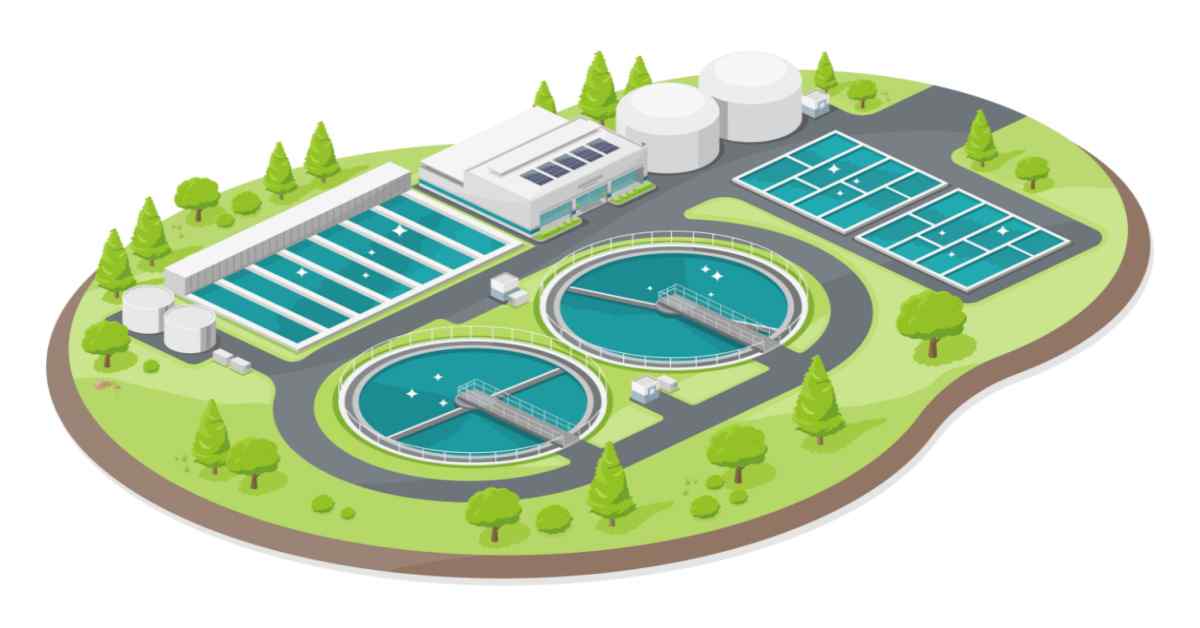Reliable Wastewater Services Supported by Years of Industry Experience
Reliable Wastewater Services Supported by Years of Industry Experience
Blog Article
Understanding Wastewater Therapy Processes and Their Ecological Impact
The ins and outs of wastewater treatment procedures play an essential function in mitigating ecological obstacles linked with water air pollution. Each phase, from preliminary to advanced treatments, is developed to deal with certain contaminants, eventually protecting both public health and water environments.
Overview of Wastewater Therapy
Just how is wastewater transformed into a safe source for the setting? Wastewater treatment is a vital procedure made to get rid of impurities from made use of water, thereby protecting public health and safeguarding ecosystems. This procedure begins with the collection of wastewater from residential, commercial, and business resources, which is then guided to therapy facilities.
At these centers, numerous physical, chemical, and biological approaches are utilized to deal with the wastewater. Consequently, organic therapies, such as turned on sludge procedures, make use of bacteria to damage down organic issue.
The dealt with effluent can be securely released right into all-natural water bodies or reused for irrigation and industrial purposes, promoting resource conservation. Additionally, the therapy procedure produces biosolids, which can be repurposed as fertilizers or dirt modifications, additionally boosting sustainability.
Phases of Therapy Processes
The wastewater therapy process typically includes 3 primary stages: initial, primary, and second therapy. Each stage offers a distinctive function in lowering the toxin load and making certain the effluent meets environmental requirements prior to discharge.

The key treatment phase focuses on the physical splitting up of suspended solids from the wastewater. Through sedimentation, heavier particles clear up at the bottom of sedimentation tanks, creating sludge, while lighter products, such as oils and oils, float to the surface and are skimmed. This process substantially lowers the organic and inorganic load in the wastewater.
Secondary therapy is an organic procedure targeted at additional minimizing the focus of raw material. Numerous methods, consisting of activated sludge systems and dripping filters, make use of microorganisms to metabolize organic contaminants. This phase is essential for attaining the needed biochemical oxygen need (BOD) decrease, inevitably resulting in cleaner effluent all set for discharge or further therapy. Each phase is vital in guarding ecological and public wellness.

Advanced Therapy Technologies
Complying with the secondary therapy processes, progressed treatment modern technologies play an essential function in further improving the top quality of dealt with wastewater. These modern technologies are developed to remove residual pollutants that are not properly gotten rid of during primary and additional therapies, ensuring the effluent satisfies rigid regulative standards.
Amongst the extensively utilized innovative treatment approaches are membrane layer filtration, reverse osmosis, and progressed oxidation procedures. Membrane layer filtering, consisting of microfiltration and ultrafiltration, works in separating great bits, virus, and colloids from the water (Wastewater). Reverse osmosis utilizes semi-permeable membranes to eliminate dissolved solids, leading to top quality water appropriate for various applications
Advanced oxidation procedures (AOPs) employ solid oxidants to break down natural toxins, including drugs and individual treatment items that are immune to standard treatment. These techniques improve the biodegradability of complicated compounds, facilitating their elimination.
An additional significant modern technology is the usage of organic nutrient removal processes, which particularly target nitrogen and phosphorus, stopping eutrophication in receiving water bodies. Generally, advanced therapy technologies are crucial for achieving higher levels of filtration, promoting water reuse, and safeguarding public health while dealing with the challenges connected with wastewater management.
Environmental Advantages of Therapy
Countless environmental benefits emerge from efficient wastewater therapy processes that add to ecosystem wellness and sustainability. Mostly, these processes substantially reduce the launch of dangerous contaminants into natural water bodies, which helps preserve water ecosystems. By getting rid of impurities such as hefty steels, nutrients, and virus, treated wastewater reduces the threat of waterborne illness and promotes biodiversity in marine atmospheres.
Additionally, wastewater treatment facilities usually utilize innovative technologies that enable water recycling and reuse. This method not just preserves fresh water resources however also minimizes the need on all-natural water supplies. Boosted nutrient removal from wastewater can likewise stop eutrophication, a process that results in algal blooms and subsequent oxygen depletion in water systems.
Furthermore, effective therapy procedures visit the site can reduce greenhouse gas emissions, especially methane and laughing gas, which are typically released during unattended wastewater decay. By capturing and making use of biogas from anaerobic digesters, centers can transform waste right into sustainable energy, consequently adding to a decrease in fossil gas dependence.
Difficulties and Future Trends
While the environmental advantages of wastewater treatment are clear, several difficulties persist that impede optimal results in this area. One significant problem is maturing framework, which usually causes inadequacies and increased operational expenses - Wastewater. Several therapy plants were made years ago, and their capabilities do not line up with modern needs, which include more stringent regulatory requirements and greater volumes of wastewater due to urbanization
Looking in advance, there is an expanding emphasis on source recovery and circular economy concepts within wastewater therapy. Developments such as anaerobic digestion, which can generate biogas, and advanced filtering technologies are getting grip. These techniques not just enhance treatment effectiveness but also advertise sustainability.
Inevitably, addressing these obstacles needs cooperation among stakeholders, investment look at here in technology, and a commitment to continuous research study. By embracing these patterns, the wastewater therapy industry can progress to satisfy the demands of an altering environment and culture.
Verdict
In verdict, wastewater treatment processes play an essential duty in improving environmental quality and public wellness. The multi-stage treatment framework, coupled with advanced technologies, successfully mitigates pollution and promotes lasting click over here now water monitoring.
Report this page